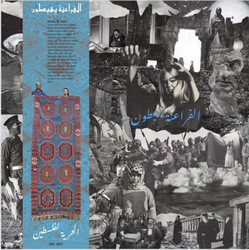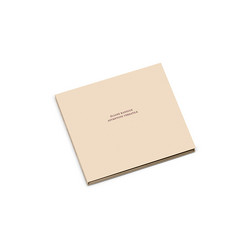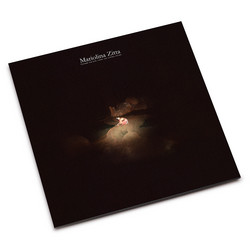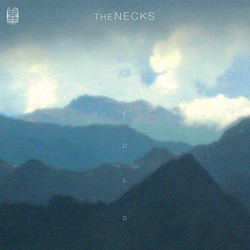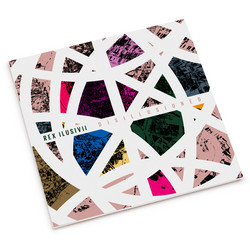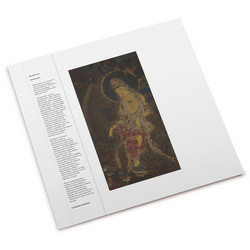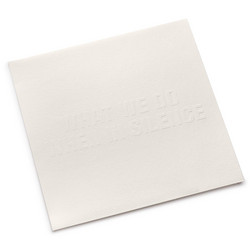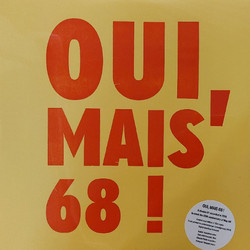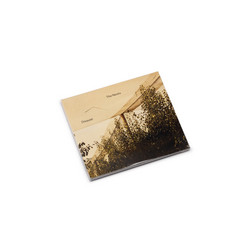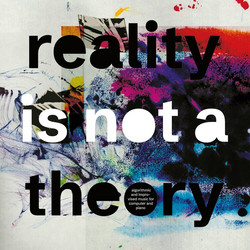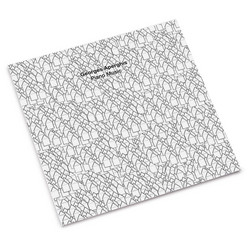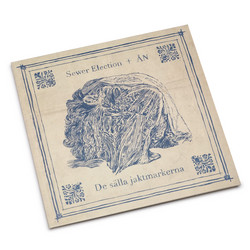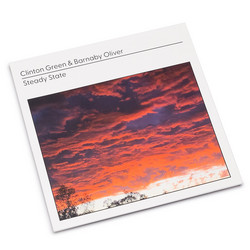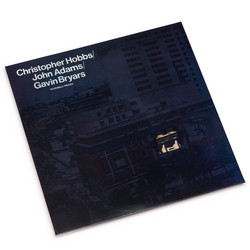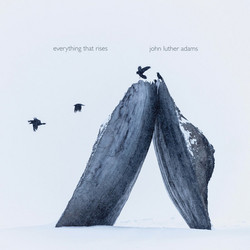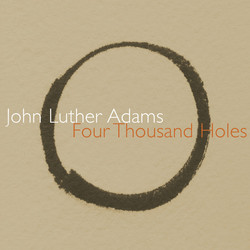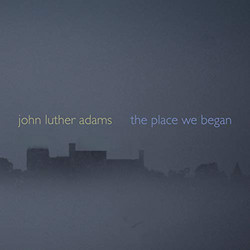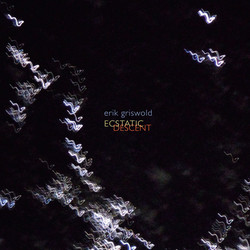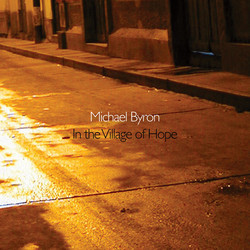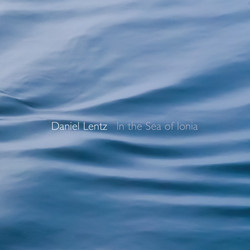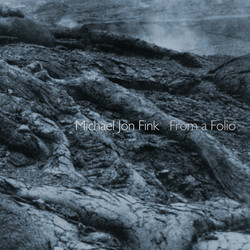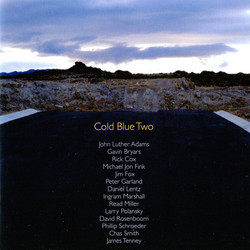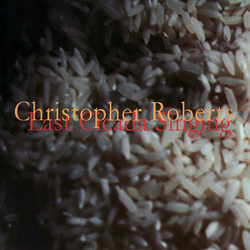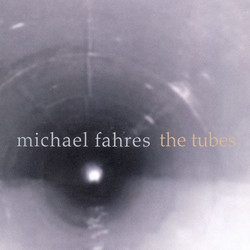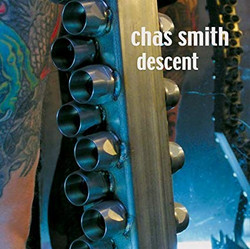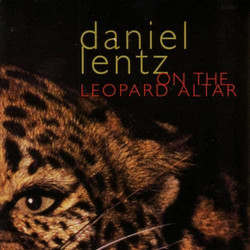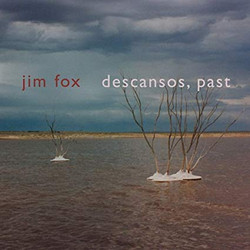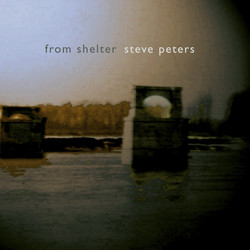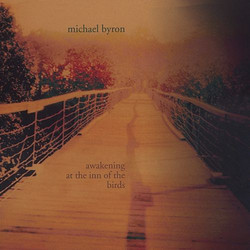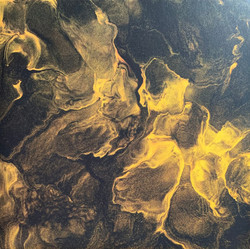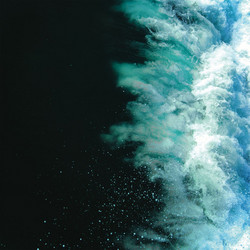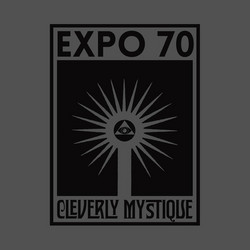John Adams
The Light That Fills The World
These three works exist amid an undeniable esthetic spirit of the times—the embracing of pre-compositional principles and structural processes in the service of a highly personal artistic statement. However, John Luther Adams’s recent work tends to transcend his compositional devices—it is simply potent, compelling music that is timeless in its sublimity. This is quietly expressive music in which process never intrudes on the music’s “sounding,” but churns away in the background, while the foreground shimmers with a simple yet great joy in the very making of sounds. It is a music that may be readily appreciated on both intellectual and sensual levels.
Glancing quickly at the inner-workings beneath the music’s kaleidoscopically changing surface-textures:
The Light That Fills the World (1998/2001), which was commissioned by the Paul Dresher Ensemble, develops via ever-expanding musical intervals in each of its instrumental parts, forming something of an arch, pivoting around the tritone, and at the same time a continuous ramp—the smaller intervals steadily giving way to the larger. The rhythmic subdivisions of the bars reflect the tessitura of each part’s pitches in a broad harmonic spectrum (a la some of Henry Cowell’s theories)—with higher notes moving with smaller subdivisions of the bar—providing a natural poly-rhythmic motion.
The Farthest Place (2001) develops in a way that is consistent with the architecture of The Light That Fills the World, but here the harmonic world is pentatonic rather than diatonic.
The Immeasurable Space of Tones (1999/2001), the largest and most complex of the three pieces, might be considered five joined-at-the-hip movements, each of which has an interval expansion and contraction life of its own, yet also falls within a larger overall scheme of interval growth.
John Luther Adams, a clearly identifiable voice in the American musical landscape, has made his home for the past 25 years in the boreal forest near Fairbanks, Alaska, where he has created music (including works for orchestra, chamber ensembles, radio, film, television, and theater) grounded in the elemental landscapes and indigenous cultures of Alaska and the Great North.
Recent performances of his music have included productions at the Almeida Opera Festival (London) and Arena Stage (Washington, DC) and new works commissioned by The Paul Dresher Ensemble (San Francisco), the Third Angle New Music Ensemble (Portland, OR), and The Monophony Consort (Yokohama, Japan). He has worked with many prominent performers and presenters—including Bang on A Can, the California E.A.R. Unit, Ensemble Sirius, Sarah Cahill, Steven Schick, New Music America, the Sundance Institute, Perseverance Theater, The Children’s Theater Company, and Present Music.
Adams has received awards and fellowships from Meet the Composer, the National Endowment for the Arts, the Lila Wallace Arts Partners Program, the Rockefeller Foundation, Opera America, and the Foundation for Contemporary Performance Arts. He has served as president of the American Music Center and composer in residence with the Anchorage Symphony, the Fairbanks Symphony, the Arctic Chamber Orchestra, the Anchorage Opera, and the Alaska Public Radio Network. He has taught at the University of Alaska, Bennington College, and the Oberlin Conservatory of Music.
Articles about John Luther Adams and his music appear in The New Grove Dictionary of Music, Baker’s Biographical Dictionary of Music and Musicians, American Music in the 20th Century (G. Schirmer), Music in the United States (Prentice Hall), The Avant Music Guide (Japan), and numerous music periodicals.
His music is recorded on the Cold Blue, New Albion, New World, Mode, Opus One, Owl, and Centaur labels.
“Amazingly beautiful, peaceful, and reflective—shimmering like the unusual landscape in which this composer resides.” —Chamber Music magazine
“The music of John Luther Adams is simply beautiful. It has a crystalline quality and a peaceful character that evoke the Arctic life…. Adams’ music sounds like it has nothing to accomplish. It simply exists, hanging in mid-air, waiting to be listened to.” —François Couture, All-Music Guide



